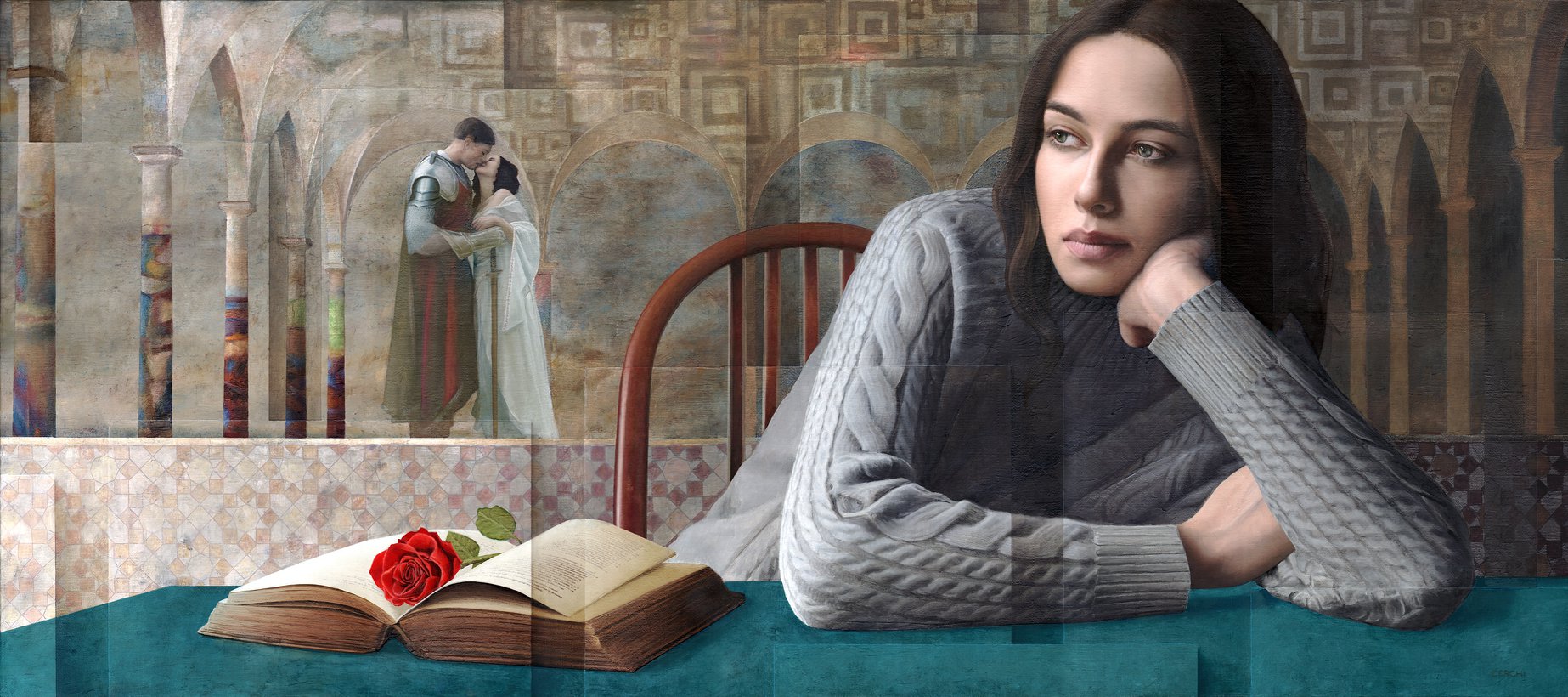Sergio Cerchi è nato a Firenze, città' in cui tuttora vive e lavora. Le figure e le geometrie compongono la sua visione del reale, contrassegnata da una spinta etica che esprime valori non solo artistici, ma filosofici, storici e psicosociali.
Dai primi lavori pittorici con paesaggi e vedute, si è evoluto verso evocazioni "cubiste" e rielaborazioni del proprio vissuto, che hanno radicalmente mutato l' impianto materico e coloristico.
Soggetti e sfondi si moltiplicano nella sua pittura come su di un pentagramma musicale, sfumando orizzonti piani e volumi, in cui figure e particolari emergono leggibili e composti in modo affatto originale.
Cromie di colori ad olio, dalle calde tonalità' di rossi carminio, mescolati a sfumature ocra, a verdi antichi e blu con sapienti ombreggiature di grigi luminosi, danno corpo ad elementi petrosi, scultorei, emblematici delle materie e sostanze dei più grandi maestri dell'arte dai Primitivi al Rinascimento, di cui si nutre appunto la poetica e la pittura di Sergio Cerchi.














